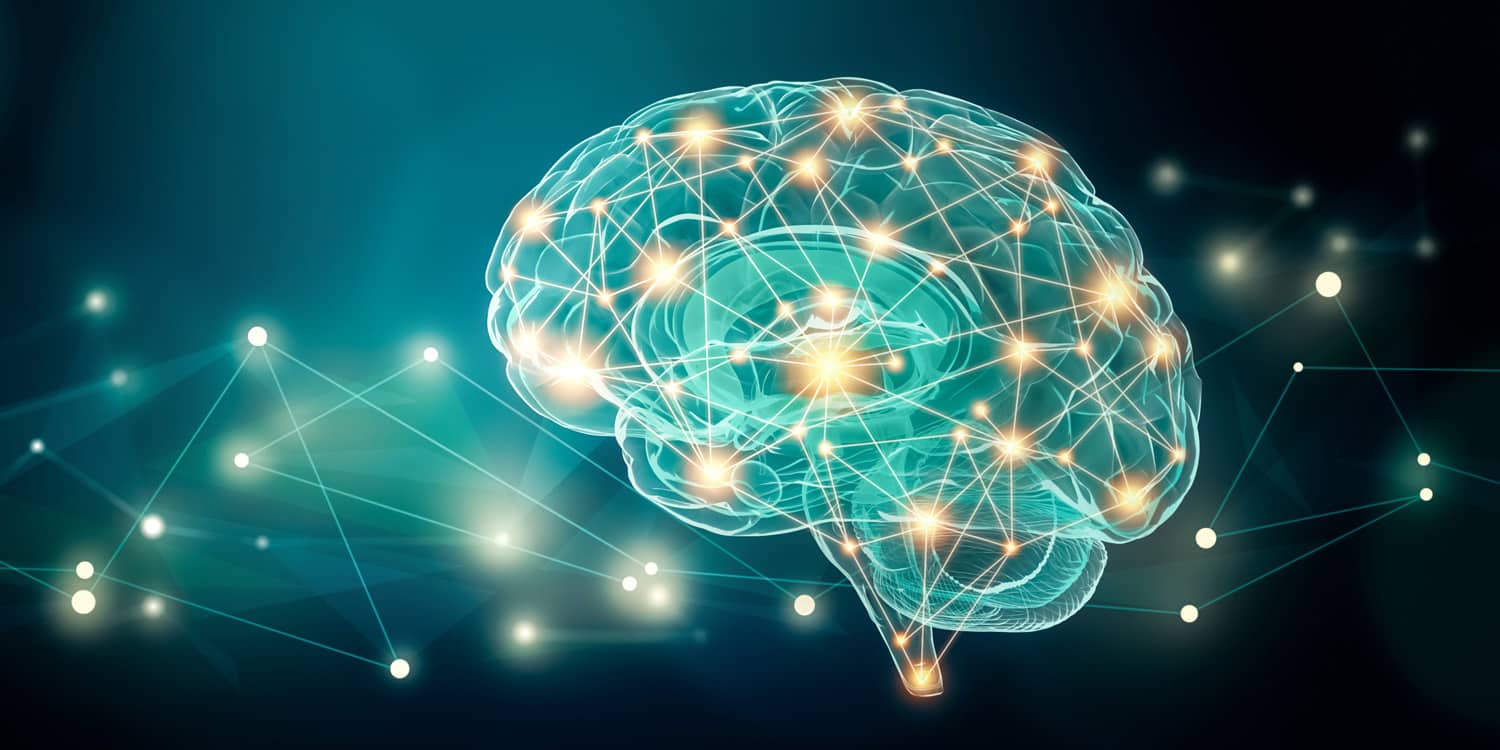Fitness
Study: Childhood trauma leads to lasting brain network changes

A comprehensive meta-analysis reveals that childhood trauma significantly disrupts critical brain networks involved in self-focus and problem-solving. Published in the journal Biological Psychiatry: Cognitive Neuroscience and Neuroimaging, the study consolidates data from 14 previous studies to present an overarching view of how early traumatic experiences can “rewire” the brain.
The human brain undergoes rapid development during childhood, making it particularly vulnerable to external influences, including trauma. In the United Kingdom, approximately one in five individuals experiences some form of childhood maltreatment by the age of sixteen.
Previous research has highlighted the severe stress and long-lasting structural changes that trauma can inflict on a developing brain. While individual studies have shown detrimental effects on specific brain regions, there has been a lack of comprehensive analysis combining data from multiple studies to identify common patterns of brain activation associated with childhood trauma. This study aimed to fill that gap, providing a holistic view of how trauma affects neural development.
Researchers undertook a systematic approach to gather and analyze relevant studies. They searched academic databases such as PubMed, Web of Science, and PsychInfo for task-based functional magnetic resonance imaging (fMRI) studies involving children with a history of trauma. From an initial pool of 1428 studies, only 14 met the stringent inclusion criteria. These criteria required studies to involve human participants under the age of 18 with documented trauma histories and to report whole-brain analysis data.
The studies included in the meta-analysis involved 582 child participants, aged between 8 and 20 years, with 285 having experienced trauma and 297 serving as healthy controls. The research team employed a novel data-driven Bayesian meta-analytic method to combine and compare the fMRI data from these studies. This approach allowed the identification of common brain activation patterns across different tasks and clinical groups, enabling a detailed analysis of how trauma rewires the brain.
The findings revealed disruptions in two critical brain networks: the default mode network (DMN) and the central executive network (CEN).
The default mode network (DMN) is associated with self-referential thoughts, memory, and emotion processing. The study found that children with trauma histories exhibited increased activation in the DMN during tasks related to emotional processing and social interactions. This hyperactivation was particularly notable during tasks involving emotionally charged words and facial expressions. Interestingly, healthy children showed greater DMN activation during memory and reward-processing tasks, suggesting that trauma may alter the typical functions of this network.
In addition to the DMN, the study highlighted disruptions in the central executive network (CEN), which is crucial for cognitive control, problem-solving, and regulating attention. Children with trauma histories demonstrated increased CEN activation during reward processing and trauma perception tasks. However, healthy controls exhibited greater CEN activation during tasks involving emotional words, faces, and social tasks. This finding indicates that trauma may lead to an imbalance in how the brain processes cognitive and emotional information.
The researchers also observed differences in the posterior insula and affective networks, which are involved in processing bodily sensations and emotional experiences. Children with trauma histories showed heightened activation in these regions during emotionally laden and social tasks, suggesting that trauma may cause the brain to allocate more resources to processing internal bodily states and emotions. This could potentially contribute to the difficulties in emotional regulation and self-perception commonly seen in individuals with trauma histories.
While this study provides significant insights, it also has limitations. Only 14 out of 1428 initially identified studies met the criteria for inclusion, indicating a need for more research in this area. Additionally, the type, severity, and timing of trauma were not controlled for, which could affect the results. The analysis also did not account for age and sex differences, which are important factors in brain development and trauma response.
Future research should aim to include a broader range of studies and consider these variables to provide a more detailed understanding of how different types and timings of trauma affect brain development. Longitudinal studies tracking brain changes over time in children with trauma histories could offer deeper insights into the developmental trajectory of these neural disruptions.
“The results of our study appear to reveal a common neurodevelopmental cognitive substrate that underlies having a trauma history during childhood,” the researchers concluded. “It suggests a potential imbalance in bodily and cognitive processes that may influence emotions, learning, memory, and problems with self-other processing.”
“Furthermore, activation patterns within the brain appear different during trauma triggering; the nontriggered brain state demonstrates evidence of activation deficits for bodily processing (interoceptive sensory processing) and self-other processing. Thus, the development and/or implementation of treatments that target interoception, affective, and self-other processing in children with trauma histories may be beneficial and should be explored in future studies.”
The study, “An FMRI Meta-Analysis of Childhood Trauma,” was authored by Rebecca Ireton, Anna Hughes, and Megan Klabunde.


)






